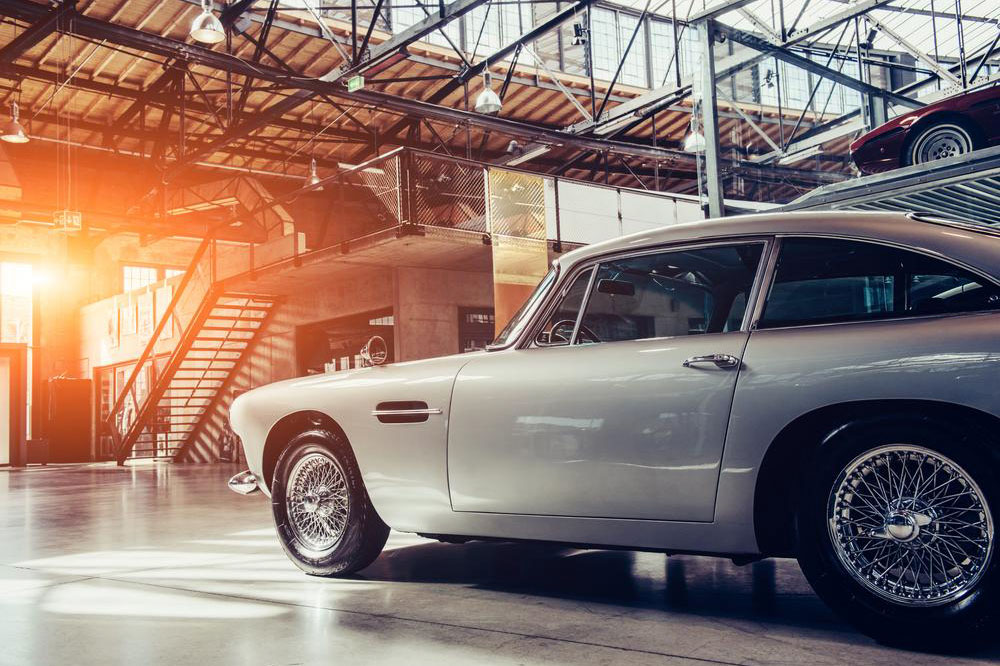Ford Thunderbird – Why Its a Legacy Car
The Ford Thunderbird has a glorious history from starting as a sports car to becoming the preferred everyday car. Initially, the car model was a two-seater with a foldable canvas roof. It is equipped with a 4.8-liter Y-Block V8 engine and produces 193hp. With quick acceleration and balanced weight distribution, it could attain a speed of 100 mph. The car had been a successful venture, and the legacy continued in 2005 after it was discontinued.
Used Ford Thunderbird
The year 2005 saw the 50th anniversary of this celebrated car. Popularly known as the T-Bird, the Thunderbird was known for its speed and agility.

First Generation (1955–1957)
It was marketed under the personal luxury car segment instead of the sports car segment. Emphasis was on providing convenience and comfort. The 1955 model could deliver a top speed of 100 mph. However, some changes were made in the 1956 model, such as storage space in the trunk and a 5.1-liter Y-Block V8 engine delivering 215 hp. The 1957 model saw some remodeling again, with a more prominent grille and large tail lights. The instrument panel was also restyled, and the 5.1-liter V8 produced up to 245 hp.
Second Generation (1958–1960)
The 1958 model came out as a four-seater; it had improved styling and a 5.8-liter FE V8 that delivered 300hp. The 1959 model also featured a new grille with 5.8-liter MEL V8, delivering 350 hp. The 1960 model was introduced with a redesigned grille with an option of a manually operated sunroof for hardtop models. A used car from this generation could cost around $27000.
Third Generation (1961–1963)
The 1961 model had a sleeker body with a 6.4-liter FE V8 delivering 300 hp. However, the 1962 model sported an improved 6.4-liter M-Code V8 delivering 340hp, while the 1963 model featured 390ci Y-Code V8 and a horizontal styling. A used car from this generation costs between $35,000 to $36,000.
Fourth Generation (1964–1966)
The 1964 model was restyled to give it a squarish look. The same engine was used as in the previous model. But the 1965 model saw the introduction of turn signal lamps and disc brakes. The 1966 edition saw a revised egg crate style grille with a big centrally placed Thunderbird emblem. Some of these models had a 7.0-liter V8 engine. The cost of used cars from this generation ranges from $17,000 to $26,000.
Fifth Generation to Tenth Generation
Thunderbirds from 1967 to 1971 were large four-door luxury cars. The innovative design reduced noise and vibration. This trend continued to the sixth generation from 1972 to 1976, with the 1972 model being the largest. These heavy cars were low on performance and high on emissions. These concerns still marred the seventh generation from 1977 to 1979, although car size was smaller with lighter engines. The eighth generation, from 1980 to 1982, tried solving these issues. The ninth generation, from 1983 to 1988, saw the emergence of sleeker and visually appealing Thunderbirds. The production of Thunderbirds was stopped in 1997 after a string of models was introduced in the tenth generation.
Eleventh Generation (2002–2005)
In 2002, Ford reintroduced Thunderbird as a two-seat car. The sleek vehicle sported an AJ-30 3.9-liter DOHC V8. The 2003 model had an AJ-35, replacing the AJ-30 from the previous model. Production of Thunderbirds ceased in 2005. The eleventh generation cars cost between $18,000 and $21,500.
In summary, Ford Thunderbird created history in car sales. A used Ford Thunderbird carries a legacy. Earlier generations of this iconic car are the rarest to find and most sought after.

